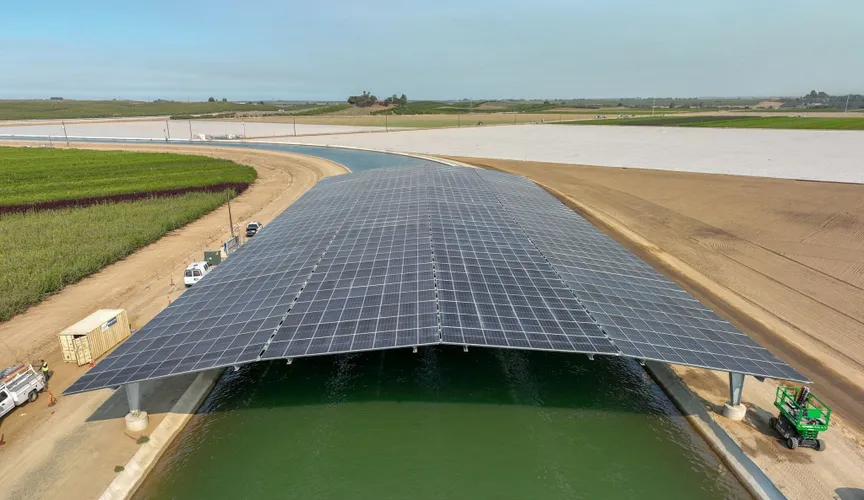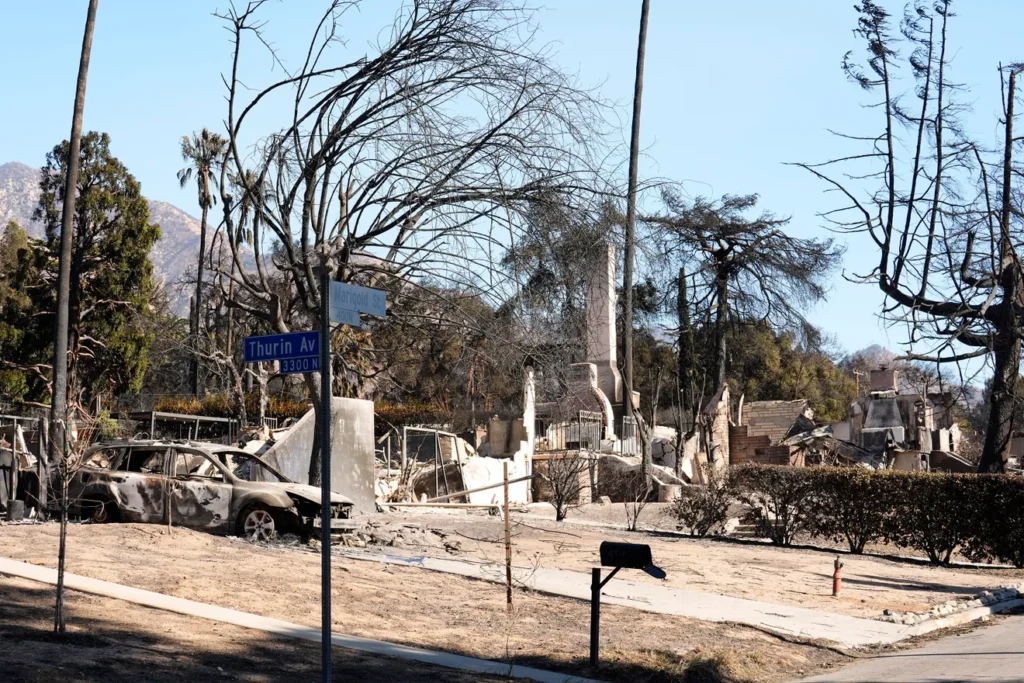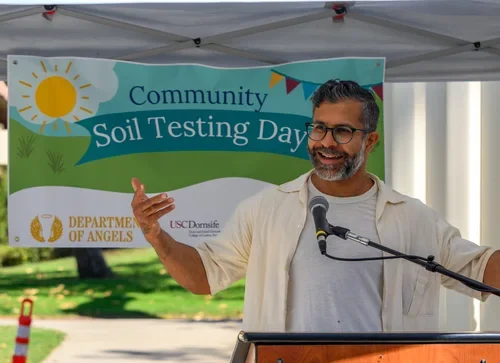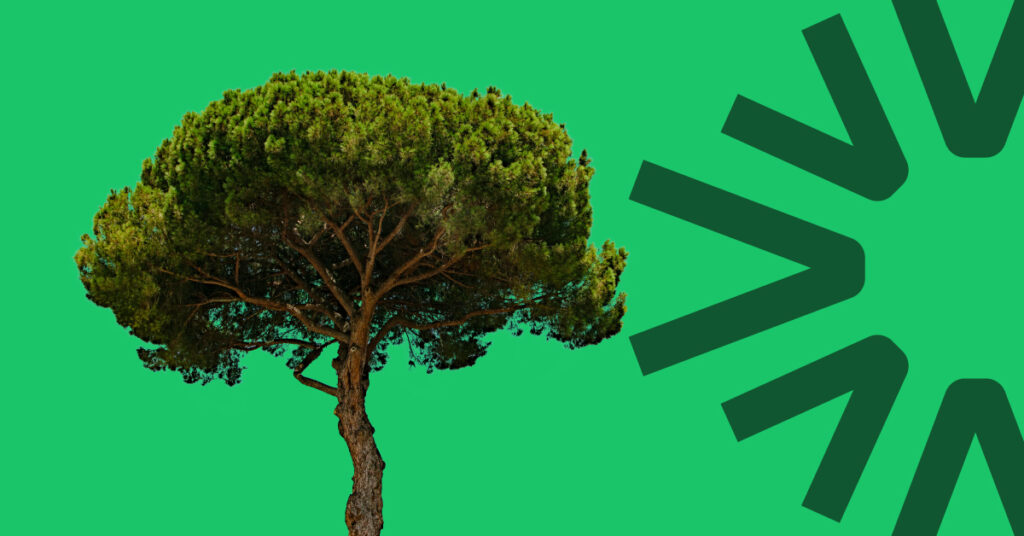Saving water in the Santa Clarita Valley
Figuring out what’s keeping people from saving water–and what it will take to change behaviors and improve participation in water-saving programs.
USC Completed 2023
Share this page
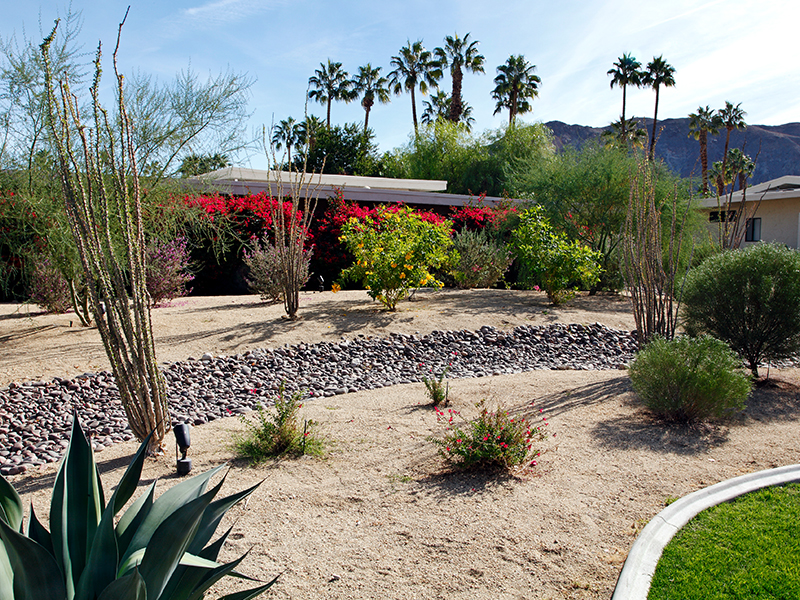
Impact
With SCV Water’s new messaging approach, more people across the Santa Clarita Valley are replacing water-hungry lawns, cutting water waste, and switching to smart conservation habits to protect against droughts—to make sure there’s enough water to go around for everyone.
1M+ Square feet of lawns replaced with drought-resistant alternatives
Challenge
Water conservation spiked in the SCV during 2015’s record-breaking drought. But since then, numbers have plummeted. 86 percent of SCV residents said it was important for them to conserve water, but only 42 percent reported seeing any guidance from SCV Water on how to do so. SCV Water needed to understand what changed, so they could get people back on board and help prepare for another drought.
Our Plan
We created a better way for leaders to talk to the public about water conservation. Using behavioral science and community engagement strategies, we explored not only what changed, but also what motivated people to keep (or stop) saving water.
Project Goals
Understand local behavior change
We conducted more than 25 phone interviews with residents and surveyed more than 1500 residents to understand why they do (or don’t) conserve water.
Help SCV Water reach more people
We found that partnering with local landscapers and nurseries could be an effective way for SCV Water to share conservation strategies and motivate residents to save water, strengthening the agency’s ability to plan for future droughts.
Make water conservation easier
We helped spark new programs like a demonstration garden, where people can see native plants and conservation practices up close. By experiencing these solutions firsthand, residents are inspired to bring the changes home.
Approach
By listening to residents and analyzing patterns in their responses, we built a clearer picture of the barriers agencies face in residential water conservation. This approach turned raw insights into practical guidance—helping SCV Water design smarter programs and connect with residents in ways that motivate real action.
Qualitative Interviews
Data Analysis
Surveys
Community Engagement
“The lessons learned from the first phase of this research have surpassed our expectations…As we move into the next chapter of water conservation in our region, utilizing the knowledge obtained from these studies will be critical to developing the tools needed to achieve and support Conservation as a California Way of Life.”

Matt Dickens, MPA
Sustainability Manager, SCV Water


